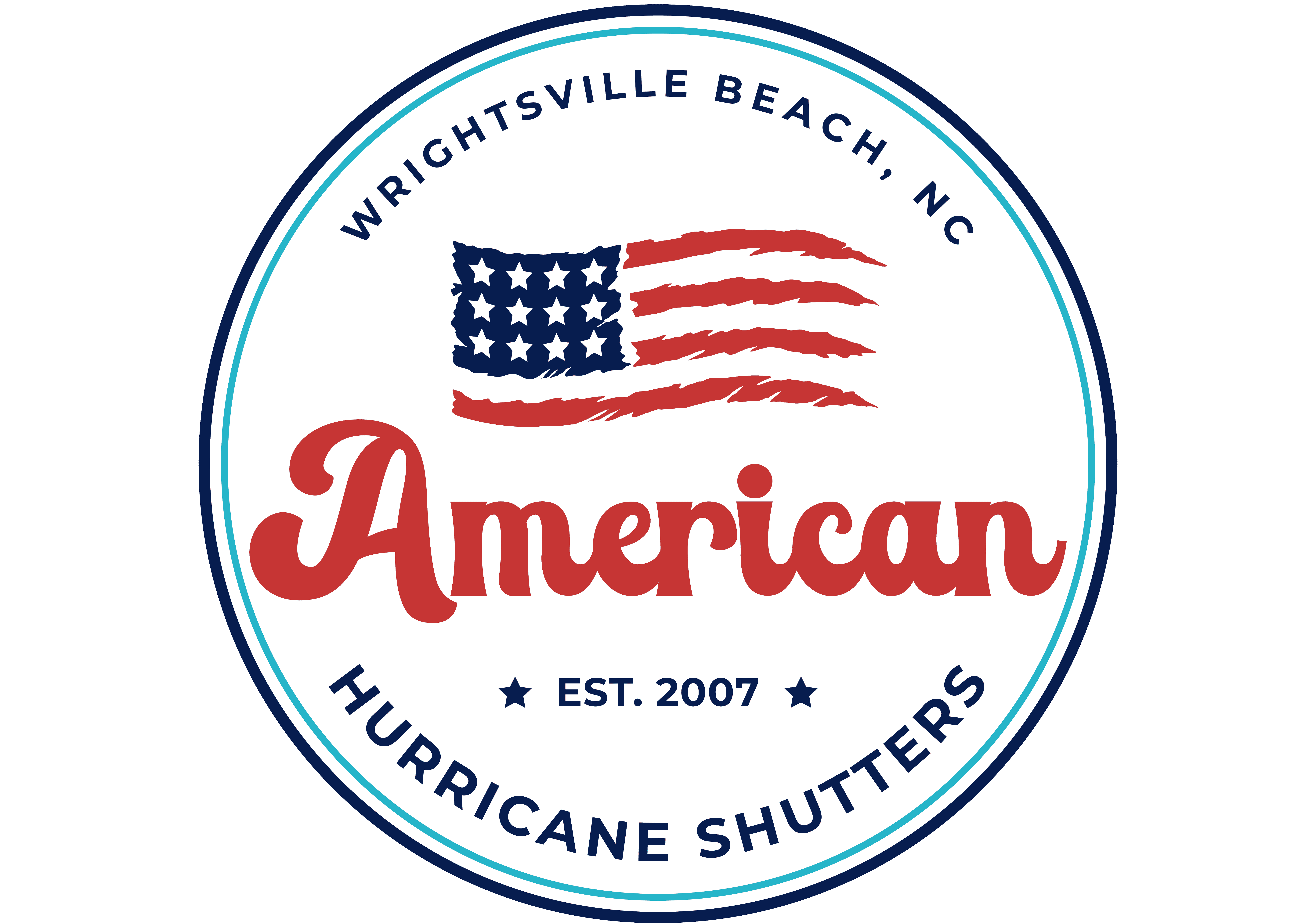Living in a hurricane-prone area brings a unique set of challenges, especially when it comes to protecting your home from the devastating impact of these powerful storms. One of the most effective defenses against the high winds and flying debris of a hurricane is the installation of metal shutter panels. However, not all metal shutters are created equal, and understanding the intricacies of their design and functionality is crucial for maximum protection. This guide aims to provide a comprehensive overview of metal shutter panels, focusing on their importance, types, and the critical role of design pressure analysis in ensuring their effectiveness.
Understanding the Importance of Metal Shutter Panels
Metal shutter panels serve as a formidable barrier against the destructive forces of a hurricane, safeguarding your windows and doors from the high winds and debris that characterize these storms. Their importance cannot be overstated, as they not only protect your property but also provide peace of mind during the tumultuous hurricane season.
The Role of Metal Shutter Panels in Hurricane Protection
Metal shutter panels are specifically engineered to withstand the severe conditions of a hurricane. They are constructed from durable materials that can resist the impact of flying debris, one of the primary causes of window and door failure during a storm. By fortifying these vulnerable points, metal shutters significantly reduce the risk of structural damage and enhance the overall safety of your home.
Moreover, the presence of metal shutters can also have a positive impact on your insurance premiums. Many insurance companies recognize the added protection these shutters provide and may offer discounts to homeowners who have them installed. This makes metal shutter panels not only a wise choice for safety but also a cost-effective investment in the long-term protection of your property.
Types of Metal Shutter Panels
When it comes to selecting metal shutter panels, homeowners have several options, each with its own set of advantages. The most common types include roll-down shutters, accordion shutters, and Bahama shutters. Roll-down shutters offer ease of use with manual or motorized options for deployment, making them a popular choice for many. Accordion shutters, on the other hand, are known for their cost-effectiveness and durability. Bahama shutters add an aesthetic appeal to the practical benefits of hurricane protection, providing a stylish solution for those concerned with maintaining the appearance of their home.
Choosing the right type of metal shutter panel depends on several factors, including the specific needs of your home, your budget, and your personal preferences. It’s important to consult with a professional to determine the best option for your situation.
The Critical Role of Design Pressure Analysis
Design pressure analysis is a fundamental aspect of ensuring the effectiveness of metal shutter panels. This process involves calculating the amount of force that wind and other weather conditions can exert on a structure, allowing for the selection and installation of shutters that can withstand these forces without failing.
What is Design Pressure Analysis?
Design pressure analysis takes into account various factors, such as the size and shape of the window or door opening, the orientation of the building, and the specific wind loads for the area. This analysis is crucial for determining the appropriate type and specifications of metal shutter panels needed to protect your home effectively.
Without a thorough design pressure analysis, there is a risk of installing shutters that are not capable of withstanding the forces exerted by a hurricane. This could lead to shutter failure during a storm, leaving your home vulnerable to damage. Therefore, it is essential to work with a company that takes design pressure analysis seriously and customizes the shutter installation to meet the specific needs of your property.
Negative and Positive Design Pressures
Understanding the difference between negative and positive design pressures is important for comprehending the forces at play during a hurricane. Negative design pressure occurs when wind impacts one side of a structure and pulls on the opposing side, potentially causing windows and doors to be pulled outwards. Positive design pressure, conversely, pushes against the structure, which can lead to different types of stress on the shutters and the building itself.
By considering both negative and positive design pressures in the analysis, it is possible to ensure that metal shutter panels are engineered to withstand the full spectrum of forces they may encounter during a hurricane. This comprehensive approach to design pressure analysis is what sets apart high-quality shutter installations from those that may not offer adequate protection.
Benefits of Professional Installation
While some homeowners may consider installing metal shutter panels themselves, it is highly recommended to opt for professional installation. Professional installers have the expertise and experience to ensure that the shutters are correctly fitted and aligned, maximizing their effectiveness during a hurricane. Additionally, professional installation often comes with warranties that can provide peace of mind knowing that any issues with the shutters will be promptly addressed.
Furthermore, professional installers can also offer valuable advice on maintenance and care for your metal shutter panels. Proper maintenance is essential to ensure that the shutters remain in optimal condition and continue to provide the necessary protection for your home. By following the manufacturer’s guidelines and scheduling regular inspections, you can prolong the lifespan of your shutters and maintain their functionality over time.
Choosing the Right Material for Metal Shutter Panels
When selecting metal shutter panels for your home, the choice of material plays a crucial role in determining their durability and effectiveness. Common materials used for metal shutters include aluminum, steel, and impact-resistant polycarbonate. Each material has its own set of advantages and considerations that homeowners should take into account before making a decision.
Aluminum Shutters
Aluminum shutters are lightweight yet durable, making them a popular choice for many homeowners. They are resistant to corrosion, which is particularly beneficial in coastal areas where exposure to saltwater can be a concern. Aluminum shutters are also relatively low maintenance and can be customized to fit various window and door sizes.
However, aluminum shutters may not offer the same level of impact resistance as steel or polycarbonate shutters. While they provide adequate protection against high winds and rain, they may not be as effective in mitigating damage from flying debris during a hurricane. Homeowners in areas prone to severe storms with significant debris should carefully consider this factor when choosing aluminum shutters.
Steel Shutters
Steel shutters are known for their strength and durability, making them an excellent choice for homeowners seeking maximum protection against hurricane forces. Steel shutters are highly impact-resistant and can withstand flying debris, making them a reliable option for properties in high-risk areas. Additionally, steel shutters offer enhanced security benefits, deterring intruders and providing an added layer of protection for your home.
One potential drawback of steel shutters is their weight. Steel is heavier than aluminum or polycarbonate, which can make installation more challenging and may require additional structural support for certain window and door openings. Homeowners should consider the structural implications of installing steel shutters and ensure that their property can accommodate the added weight.
Polycarbonate Shutters
Polycarbonate shutters are a modern alternative to traditional metal shutters, offering a combination of strength and clarity that is unmatched by other materials. Impact-resistant polycarbonate panels provide excellent protection against flying debris while allowing natural light to enter your home, maintaining visibility during a storm or power outage.
One of the key advantages of polycarbonate shutters is their versatility. These panels can be customized to fit various window shapes and sizes, offering a seamless and aesthetically pleasing solution for hurricane protection. Additionally, polycarbonate shutters are lightweight compared to steel, making installation easier and potentially reducing the need for additional structural modifications.
Considerations for Material Selection
When choosing the material for your metal shutter panels, it’s essential to consider factors such as your location, budget, and aesthetic preferences. While steel may offer the highest level of protection, it comes with added weight and cost considerations. Aluminum provides a balance of durability and affordability but may not be as impact-resistant as steel. Polycarbonate offers a modern and transparent option for homeowners looking to maintain visibility and aesthetics while ensuring hurricane protection.
Consulting with a professional installer can help you weigh the pros and cons of each material based on your specific needs and make an informed decision that aligns with your priorities for hurricane protection.
Maintaining Your Metal Shutter Panels
Proper maintenance is essential to ensure that your metal shutter panels remain in optimal condition and continue to provide effective protection for your home. Regular maintenance tasks can help prevent issues such as corrosion, mechanical failures, and misalignment, prolonging the lifespan of your shutters and maximizing their performance during a hurricane.
Inspection and Cleaning
Regular inspections of your metal shutter panels are crucial for identifying any signs of wear or damage that may compromise their effectiveness. Inspect the shutters for dents, scratches, or corrosion, and address any issues promptly to prevent further deterioration. Cleaning the shutters with a mild detergent and water can help remove dirt and debris that may affect their operation.
Pay close attention to the hardware and mechanisms used to deploy the shutters, ensuring that they are lubricated and functioning correctly. Check for any loose screws or bolts and tighten them as needed to maintain the structural integrity of the shutters. Lubricate moving parts to prevent friction and ensure smooth operation when opening and closing the shutters.
Weather Stripping and Seals
Inspect the weather stripping and seals around your metal shutter panels to ensure they are intact and properly sealed. Weather stripping helps prevent water infiltration and air leakage, maintaining the energy efficiency of your home and enhancing the overall performance of the shutters during a storm. Replace any damaged or worn weather stripping to maintain a tight seal and prevent water intrusion.
Seals around the edges of the shutters should also be checked for gaps or damage that may compromise their effectiveness. Proper seals help prevent wind-driven rain and debris from entering your home through the shutter openings, reducing the risk of water damage and ensuring a secure barrier against hurricane forces.
Professional Maintenance Services
While homeowners can perform basic maintenance tasks on their metal shutter panels, professional maintenance services are recommended to ensure thorough inspections and repairs. Professional technicians have the expertise and tools to identify potential issues and address them before they escalate into more significant problems.
Professional maintenance services may include comprehensive inspections, lubrication of moving parts, replacement of worn components, and adjustments to ensure proper alignment and operation of the shutters. By investing in professional maintenance, homeowners can extend the lifespan of their metal shutter panels and maintain their functionality for years to come.
Conclusion
Metal shutter panels are an indispensable component of hurricane preparedness for homeowners in storm-prone areas. Their ability to protect against the high winds and debris of a hurricane makes them a critical investment in the safety and security of your property. By understanding the types of metal shutters available, the importance of design pressure analysis, and the considerations for material selection and maintenance, homeowners can make informed decisions about the best way to protect their homes. Remember, not all shutters are created equal, and the key to effective hurricane protection lies in selecting the right shutters and ensuring they are properly engineered, installed, and maintained to meet the specific challenges posed by these powerful storms.

